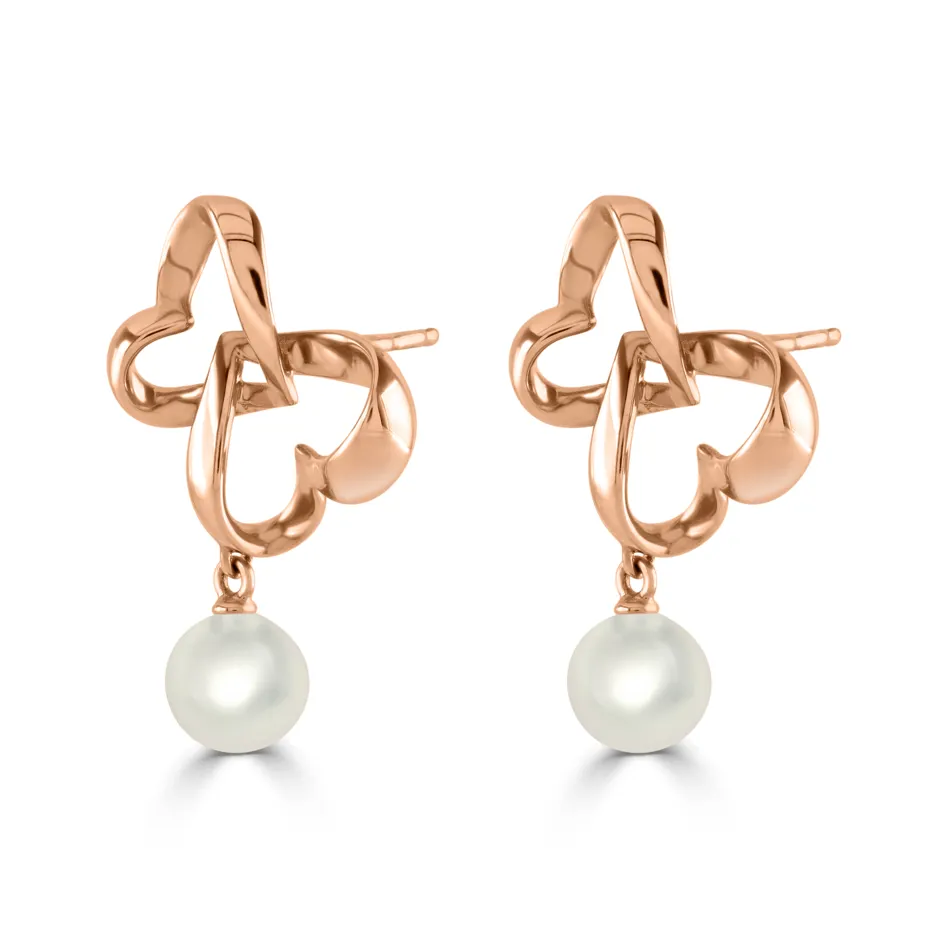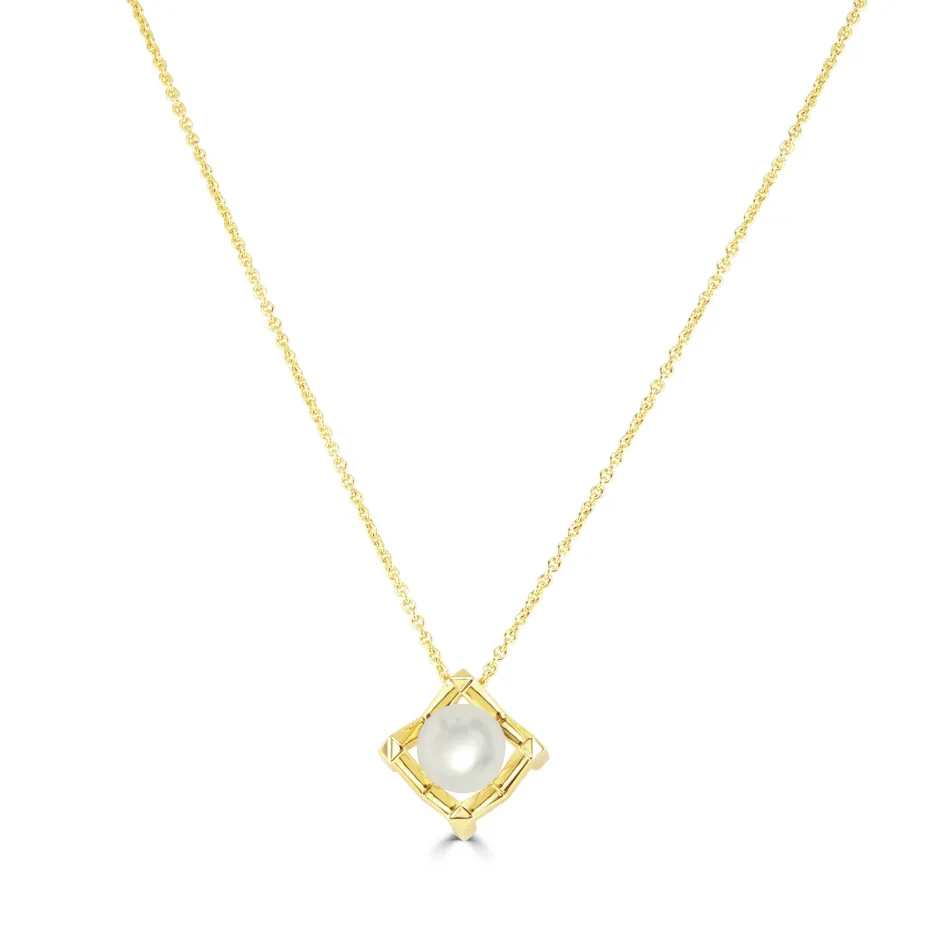
Pearls are undergoing something of a renaissance. Unfairly labelled as unfashionable gems in years gone by or seen as the preserve of only the super wealthy, their appeal is beginning to span the ages and sexes, and many high-class designers are now bedecking their models – both male and female – in pearls.
It’s thought that pearls are the third most popular gem today, behind only diamonds and sapphires. And what’s not to like; occurring naturally or cultured, the organic beauty of a pearl comes in many colours, sizes and can be a versatile and stunning centrepiece for different pieces of jewellery from earrings, to bracelets and necklaces.
But where to start when choosing pearl jewellery? To help you, the Gemmological Institute of America (GIA) has a pearl grading system which lists seven ‘Pearl Value Factors™’; size, shape, colour, lustre, surface quality, nacre quality and matching. The next question then, is what qualities should you look for in each?
Look for the lustre
A pearl’s lustre ranges from excellent where reflections appear ‘bright and sharp’ to a lower quality lustre where reflections of light are ‘dim and diffused’. When looking for the perfect pearl, that lustre needs to really reflect the light. Shape is obviously important too and while the most spherical pearls tend to be the rarest, other shapes like pear or oval are also in demand. Finding a pearl with an unblemished surface is also a good indicator of quality. And surprisingly perhaps, pearls come in many more colours than white ranging from yellow, to orange and violet.

The thicker the nacre…
Another aspect to look out for is the nacre thickness. The nacre is the substance that makes up the pearl and usually, the thicker the nacre then the more valuable the pearl. If you can see the nucleus of the pearl, then the nacre is thin and probably has less lustre and might not be as robust as a pearl with a thicker nacre. And for size, expect to see cultured pearls in the range of 2-16mm in diameter. Finally, the GIA references matching which refers to how well pieces made up of multiple pearls – such as pearl strands – match up against each other when it comes to their Pearl Value Factors.

A cultured approach
Of course, one development that made pearls more affordable was the development of cultured – manmade – pearls by Kokichi Mikimoto who successfully created the world's first cultured pearls in Japan in 1893. And today, the brand is a leading producer of beautifully crafted pearl jewellery.
Cheltenham jeweller Martin & Co, offers a striking range of Mikimoto pieces from a contemporary 18ct yellow gold pendant featuring a single Akoya cultured pearl in an 'M' surround, suspended from an 18ct yellow gold slider chain; or a pair of 18ct rose gold stud earrings with a rich Akoya pearl suspended below two entwined hearts by Mikimoto.
If you’ve never worn pearls before, are looking to add to your collection or simply hunting for that extra special gift, Mikimoto is a great place to find that perfect pearl.





